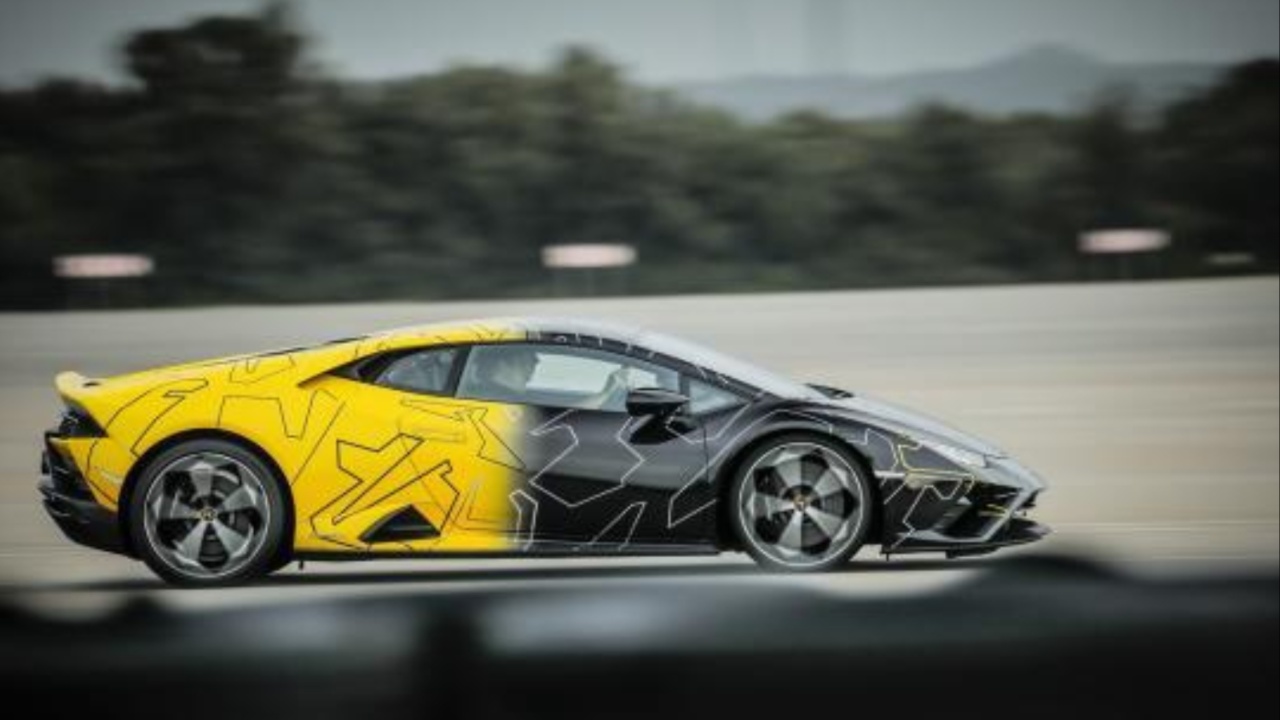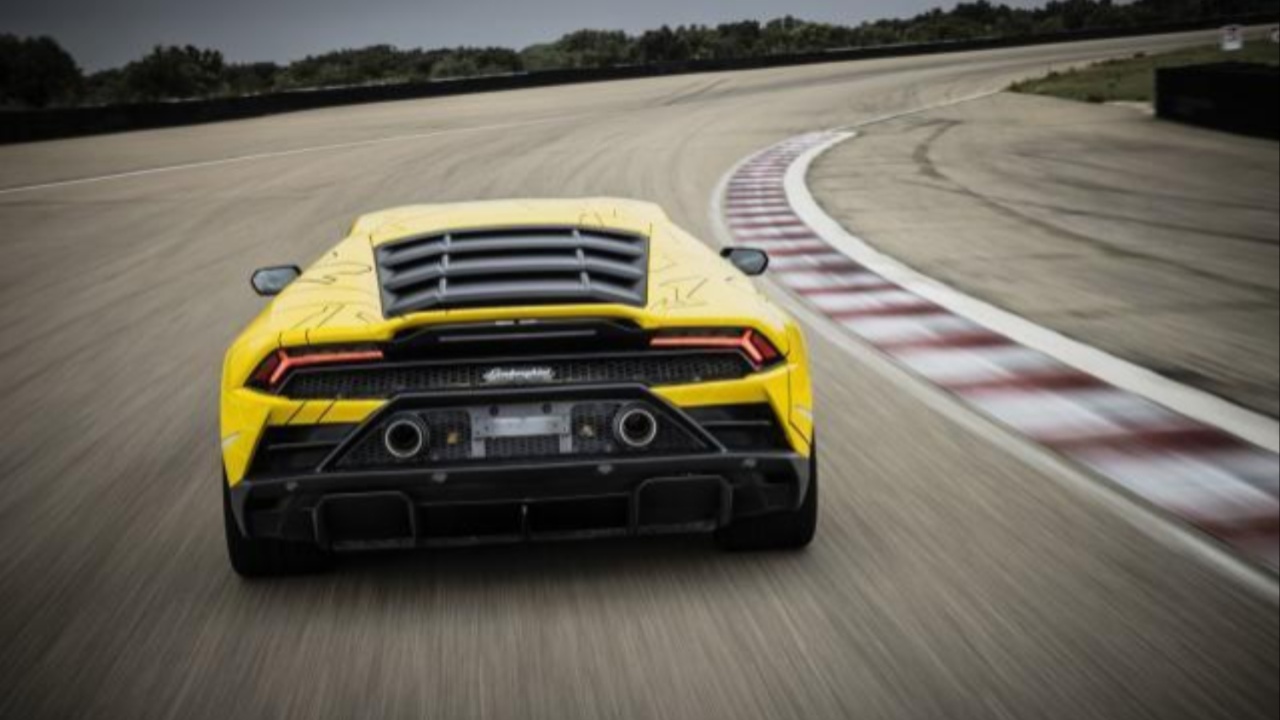Rarely do we encounter a groundbreaking advancement in automotive technology, and Lamborghini’s Active Wheel Carrier appears to be just that, as we recently experienced in its prototype form. This innovative system, designed to provide real-time control of camber and toe alignment settings while a vehicle is in motion, represents a significant leap in vehicle dynamics, according to Rouven Mohr, Lamborghini’s chief technical officer.
Traditionally, suspension geometry involves compromises due to the dynamic loads generated by a moving car, impacting alignment settings. The challenge is to find settings suitable for both track and street use. Lamborghini’s Active Wheel Carrier tackles this issue by offering active control in two planes—toe, the wheel’s rotation angle relative to the direction of travel, and camber, its side-on angle relative to the ground. This breakthrough aims to eliminate compromises and enhance overall performance.

While the concept of active wheel control is not entirely new, Lamborghini’s implementation surpasses previous attempts. Mohr acknowledges that similar work was undertaken at Audi, a fellow VW sibling, during his previous tenure. However, Lamborghini stands out not only in the hardware required to move the wheel in two planes but also in the development of a sophisticated control system capable of quick and precise adjustments.
The system focuses exclusively on the rear wheels of the Huracán prototype. Active toe control essentially functions as a rear-steering system, but it distinguishes itself by enabling adjustments between toe-in and toe-out, affecting a car’s reactivity and high-speed stability. Active camber control is even more revolutionary, countering the negative effects of cornering loads on tire grip by dynamically adjusting the tire’s side angles. This results in improved cornering forces and a potential 25 percent increase in grip, as per Lamborghini’s claims.
The Active Wheel Carrier’s mechanism, though appearing as a large hub assembly, conceals rotating flanges driven by 48-volt electric motors. This design allows adjustments of up to 6.6 degrees of toe and between 2.5 and 5.5 degrees of camber. Impressively, these adjustments can occur simultaneously at up to 60 degrees per second.

Despite the seemingly advanced hardware, the real challenge lies in the development of a complex dynamic control system that integrates seamlessly with stability control, torque management, and active aerodynamics. Lamborghini is already ahead in this regard, showcasing its prototype on a rear-driven Huracán Evo without traction or stability control.
Our firsthand experience at Porsche’s Nardò proving ground in Italy demonstrated the system’s transformative impact. The Active Wheel Carrier turned the Huracán into a more responsive and stable machine, especially when pushed to its limits on the handling track. The improvements were substantial enough to yield a lap time difference of 4.8 seconds with the system activated, underlining its potential significance for Lamborghini’s future vehicles.
While Lamborghini officially considers the Active Wheel Carrier an experiment, its promising performance suggests a probable role in the upcoming Huracán replacement set to debut next year.

